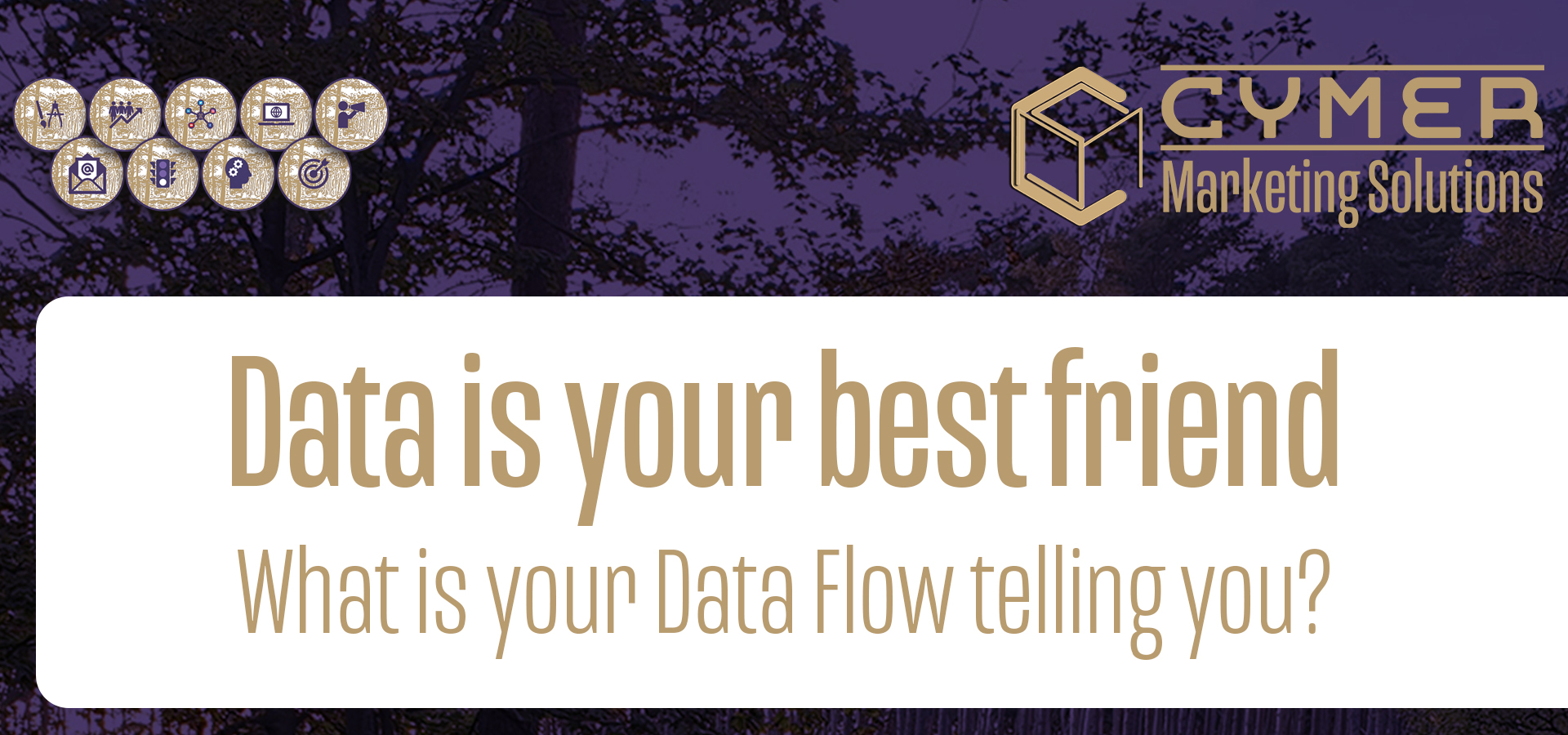Data Management is not always top of mind for all businesses, but it’s such an essential part of an organisation to operate effectively…especially when it comes to CRM. Maybe it seen as an IT requirement, or deemed a technical aspects of certain systems…either way data surrounds us and it’s too precious to ignore or hope for the best.
Something as simple as the formatting of addresses can lose you potential business opportunities.
For example – having address data as a single field can lead to the following issues:
- More difficult to segment
- If you want to target specific Towns, Cities or Postcodes
- Variation of user inputs
- Part/full address details
- 3 Park Avenue | 3 Park Ave. | 3 Park Av
- Additional work to cleanse, especially if dealing with thousands of records
That’s just a sample on a single field…the problem multiplies with every field of data captured.
Good data management is the foundation of great CRM
A Definition of CRM
Hobby, J. (1999) Looking after the one who matters. Accountancy age, 28 Oct, 28-30
“A management approach that enables organisations to identify, attract and increase retention of profitable customers by managing relationships with them.”
Data is the Achilles Heel of most CRM strategies, exposing flaws in operational workflows, impacting on marketing campaign effectiveness and driving customer dissatisfaction with poor data management practices.
Whether being a ‘Start-up’ with 50 records or an established business with 50,000 records, working with poor data will cause issues with communications, restrict visibility of potential opportunities and produce inefficiencies in business processes. Three questions can provide the framework to having better Data Management:
- Where does your data comes from?
- How is the data collected used?
- Which operations use the data?
Mapping the Flow of Data
“In the fields of observation chance, favours only the prepared mind”
Louis Pasteur, University of Lille (7 December 1854)
To gain a full understanding of where your data comes from, how it is used and which operations use it, an exercise must be carried out to map the flow of data through the organisation. Carrying out this mapping provides your organisation with the guidelines to form good Data Management and gain operational efficiencies. You and your organisation will have visibility of:
- Duplication of work
- Data format issues
- Unused legacy data fields
- Operational pain points
- Bad data handling practices
The example below shows the results from mapping the flow of data for Enquiry Management in an Higher Education Institute (HEI), but could apply to most organisations.
Working with stakeholders across the HEI, information was gathered around data collected and required for prospective students interested to study. It was found that there were more common data fields than different – making it feasible to have under a single database, giving stakeholders have single view of a prospective student. The benefits are:
- Stakeholders dealing with real-time data instead of spreadsheets
- Reduced data mishandling
- Quicker and more effective reporting
- More efficient processes with reduce duplication of work
- More timely/relevant customer communications
Marketing campaigns delayed by gathering records from other systems?
Reports and analysis way behind current operations?
Data processing being duplicated across the organisation?
Good Data Management will resolve this!

